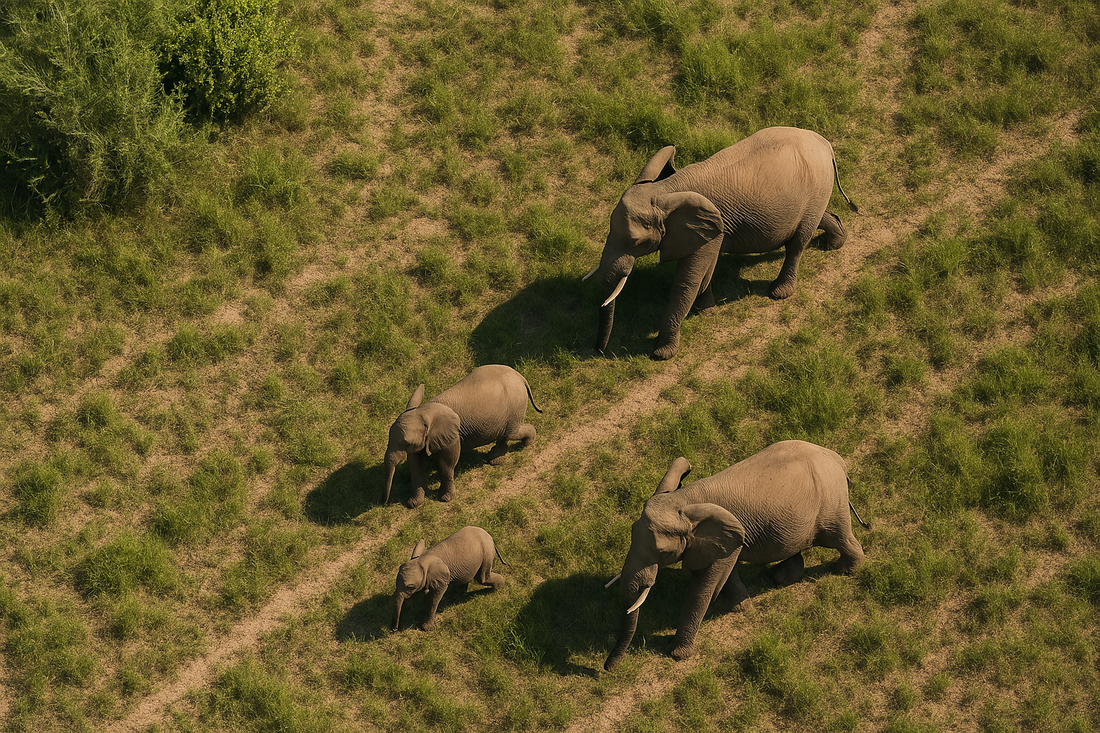As the planet faces a historic biodiversity crisis—with over a million species at risk of extinction—conservationists are racing against time to protect wildlife. Traditional tools like GPS collars, camera traps, and field surveys have long been used to monitor endangered animals. But these methods are often slow, expensive, and invasive—and they simply can't keep up with the scale of today’s ecological challenges.
Now, a new alliance between biologists and technologists is changing the game.
Enter WildDrone: A High-Tech Solution for a Global Crisis
The EU-funded WildDrone project, led by the University of Southern Denmark, is pioneering a smarter, faster, and more scalable approach to conservation. By combining autonomous flight technology with artificial intelligence (AI), the project is creating tools that allow scientists to monitor endangered species more efficiently—and without disturbing their natural habitats.
This isn’t just about using new gadgets. It’s about fundamentally rethinking how we track and protect wildlife in the 21st century.
What Makes This Approach Different?
WildDrone’s aerial systems are designed to fly autonomously across large landscapes—like the savannas of Africa, where species such as elephants, rhinos, and lions are under increasing threat from poaching, habitat loss, and climate change.
Equipped with AI-powered image recognition, they can:
-
Identify species in real time
-
Distinguish between individual animals based on size, markings, and behavior
-
Track movements and population changes without human presence
Because they are fast, low-cost, and scalable, these tools can be deployed across vast areas with far fewer resources than traditional methods require.
 Image source: WildDrone
Image source: WildDrone
A Win for Wildlife—and the Planet
This fusion of biology and technology is offering new hope for global conservation efforts. By making wildlife monitoring more efficient, non-invasive, and responsive, this kind of innovation isn’t just exciting—it’s essential, and a #WinForThePlanet.

